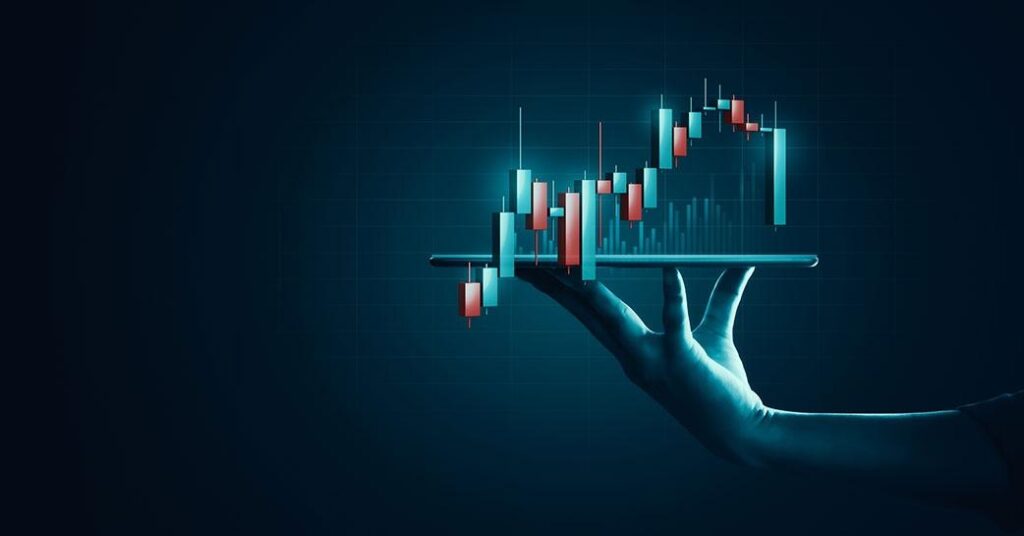Financial derivatives like futures and options let traders bet on an underlying asset’s price changes without really owning it. A number of variables, such as market turbulence, adjustments in interest rates, and fluctuations in currency exchange rates, can have an impact on these derivatives. The concepts of derivatives are extensive with a number of nuances. This blog explores all the key aspects of futures and options trading you should be aware of.
What are Futures?
A future is a forward contract between two parties wherein the buyer agrees to purchase from the seller a predetermined number of stocks at a predetermined price at a later date. A future provides buyers and sellers the choice to purchase and sell a particular share at a fixed price. Speculators actively participate in the futures market. Through futures trading, they may profit from changes in asset values without having to buy the underlying item.
What are Options?
An option is a two-party contract that grants the buyer the right, but not the duty, to buy or sell the underlying at a later time and at a later price. Options trading may be divided into two categories:
Call option
In the call options, investors can purchase the underlying financial instrument at a predetermined price on the stated date.
Put option
With a put option, you can sell the underlying securities at the pre-specified price on the designated day.
Things To Know Before Trading F&O
Here are some important things you must know before you begin future and options trading.
1. Futures are leveraged instruments that function in both directions. You may increase your profit by a factor of five by paying a 20% margin on futures. Losses, though, function similarly and also have a tendency to increase when you trade futures. As long as you are aware that leverage through margins has an effect both of profits and losses, it is acceptable.
2. Options have limited risk. However, you seldom earn money. Because your risk is constrained to the premium you pay, buying options are a popular choice among small F&O traders. Over 97% of all options expire worthless, which is an issue. That means that if you purchase options, you only have a 4% chance of profiting from them. The fact is that option sellers profit more frequently than option buyers because they incur a bigger risk.
3. In times of market volatility, futures margins may increase significantly. Many of us think that futures have an edge over cash market purchases since margin purchases allow for leverage. However, during volatile periods, these margins may increase significantly.
4. Options are asymmetrical. Let’s use an example. The trade is balanced for both sides if “A” buys futures for Rs. 820 and “B” sells these futures. A and B both gain Rs. 30 in profits and losses if the price reaches Rs. 850. If the stock price falls to Rs. 800, the opposite will be true. However, when it comes to options, the buyer’s loss is capped at the premium, but the seller’s loss might be infinite.
5. You may be uncertain of the market’s direction. Still, you may trade options. One can implement a non-directional strategy in F&O. To trade markets when you are unsure of the direction, you can mix options and futures. Options may be utilised to make money in both erratic and sluggish markets. You find greater value in these characteristics of options than in utilising them to replace stock trading.
Tips to Trade Future and Options
Here are a few tips for trading futures and options.
Profits to transaction costs as a percentage
Traders may experience greater returns if they maintain a 3:1 profit-to-transaction cost ratio. On F&O trades, traders must pay brokerage, stamp duty, taxes, statutory fees, and STT, which has an impact on the overall results. Investors can get respectable returns if they make an effort to minimise their costs. Choose the best mobile trading app like Kotak Securities, which offers F&O trading facilities at very competitive prices.
Trade options when market’s direction is vague
If novice F&O traders are unsure about the market’s direction, they can still trade options. Until the contract expires, traders in option contracts can exercise their rights.
Be Mindful of all the risks
At a time of high volatility in the market, the margin charged by the broker rises sharply, and traders need to keep the margins of brokerage firms low to keep the transaction cost as low as possible.
How do I trade futures and options?
Contracts are used to trade options and futures. It may be one month, two months, or three months. On the final Thursday of the month, all F&O contracts come to an end. Due to time value, futures trade at a futures price that is often higher than the spot price, and there is only one futures price for a stock for a single contract. For instance, one can trade in the January Futures, February Futures, and March Futures of a stock ABC during the month of January 2023.
Options trading is challenging because you have to exchange premiums. As a result, various strikes for Call options and Put options will be exchanged for the same stock. The call option premium for a 400 call in the instance of stock X will be Rs 10, and the price of these options will decrease as your streaks increase.
Conclusion
The right and duty to acquire or sell an underlying asset at a preset price are represented by a future. Options are a right without an obligation to buy or sell equity or index. Options and Futures are conceptually different but intrinsically the same. They serve as a hedge since they each attempt to obtain stock or index returns without investing the entire cash.






